Penaudio Karelietta Speakers Review
Companies can follow different strategies when expanding their product range. You can completely relaunch all the lines, you can release flagships over and over again that become faster, higher and stronger than the previous ones, or you can, already having a top model and something simpler, fill the gaps between them. At Penaudio, the flagship issue is closed for some time: quite recently (by industry standards) the company released the top model Karelia and it will remain in this place for some time, so the engineers took the path of simplifying it.
According to formal logic, the Penaudio Karelietta model should become the second from the top Speakers in the older Penaudio model range. Externally, it is quite obviously something scaled down based on the Karelia model . If the older model is built according to the D'Apolitto principle, then the Karelietta is outwardly all the same, but without the top pair of bass drivers.
Of course, it is clear that you cannot simply reduce the Speakers by a couple of speakers - the process is much more complex and multi-part. This is also the company’s newest model: at the time of testing, it was simply impossible to find any information about it on the Internet. This model was first shown in Munich, in the fall it made it to the Moscow exhibition, and now we’ve managed to get to know it better.
Let's start with the appearance. Very large floor-standing Speakers, designed for not the smallest rooms. Woodworking, as always from the manufacturer, is at a high level - and with its own finishing features. Well-recognized end cuts and sidewalls decorated with Karelian birch - everything is there.
Visually, the cases are divided into two almost equal parts: light in veneer and black in varnish. The light part of the body is the low-frequency section, the dark part is the volume for the midrange and tweeter. In addition to this, there is a two-layer base of the Speakers with a black lacquer finish, which very well balances the entire structure in a visual sense.
Dividing the body into two parts is not primarily a design decision, but a technical one, and then implemented from a design point of view. The low-frequency section operates in a closed box, and the mid-frequency section, on the contrary, works in a semi-open housing - part of the walls is simply covered with Speakers fabric.
The set of speakers is traditional for older Penaudio models: customized SEAS from the top Excel line are used. The high frequencies in this three-way model are controlled by a diamond dome tweeter with a diameter of 26 mm. For mid frequencies - a pair of 176 mm speakers with woven polypropylene diffusers. There are also two low-frequency drivers, with magnesium diffusers with a diameter of 221 mm. The exact parameters of the filters are not given, only frequency sections at 180 and 4,500 Hz. But the declared filter components are the top series of Mundorf resistors, capacitors and coils.
Switching is only for one pair of speaker wires, without jumpers or the possibility of bi-wiring or bi-amping. In general, the technical equipment of the acoustics looks very convincing. And then all that remains is to listen.
The listening room was quite large, quite suitable for such acoustics. Amplification is a senior Octave tube preamp and a Plinius transistor power amplifier. A more than serious pair, for which a sensitivity of 87 dB at a nominal impedance of 4 Ohms should not pose the slightest problem. Although it must be admitted that acoustics do not look like an easy load in principle. And the source is the streamer Metronome and Qobuz.
To start, I played Kenny Burrell’s “KB Blues.” The sound is natural, not at all tense, but not sluggish either - music, emotions and life are felt in it. And this is on old mono! The character is closer to light, but there is no obvious brightness on this recording. However, just as there is no hint of vintage dullness, the middle does not feel too protruded. Smooth tonal balance, good accurate localization of the mono scene in depth, decent image separation and echelonization.
Formally, the sound is quite correct. But the main thing you notice is his natural ease and mobility. It is completely easy to listen to, you can relax with this sound - but at the same time it is not chamber, not softened, and does not lose its musical drama. Both detail and dynamics are at a very decent level, but they also feel natural, without obsessive afterburner or pretense.
I just want to sit and listen to music, and not analyze it or analyze the sound. Perhaps the only thing that can be doubted one way or another in the example of this recording is the scale, it is rather chamber-like. But this often happens with modern digital reissues of old mono recordings.
The second album is Leonard Cohen “Thanks For The Dance”. Here the presentation seems neat and delicate. The album was recorded somewhat specifically, with emphasis on scale and vocals in particular, and in Karelietta’s performance everything turns out more natural and collected. Not intimately, but collectedly. Excellent scene focusing, good scale, and especially depth detail.
The sound is detailed, but softened, without harshness, velvety textured. Surprisingly, the tops are not sharp or prickly - on the contrary, they are detailed and delicate, even quite neat. The middle is also very neat, with a bit of softness, but without sacrificing detail. And the bass can be described in much the same way - it is based on delicacy. Good control, no buzzing or smearing, but there is no overly forced bright hum here either. It is in the example of this recording that everything is in complete synergy.
Psapp “Tourists” In the example of this album, the intimacy is less, and the middle of the sound is emphasized a little more: it can be heard both in the instrumental parts and in the vocals. And the presentation is still the same - a little light, neat, with good dynamics and detail. In our conditions, acoustics can play both quite quietly without loss of quality, and quite loudly - and still the harmony and accuracy of the sound are preserved.
There are a lot of emotions in the presentation: the sound cannot exactly be called cold or constrained, but at the same time it is still cozy and unobtrusive, without severity and without mentoring. From the third album it is already possible to deduce the scene and volume as a certain feature. Good width, excellent depth and depth localization. Images and plans are outlined neatly, without obvious sharpness but also without noticeable blur. Rather, they resemble neat watercolor transitions, but with quite distinct contours. Accuracy rules the roost again, so to speak.
Then I switched to Muse’s “Black Holes and Revelations.” The sound of the album is immediately recognizable - both the style of recording and performance. You can hear a certain dull dustiness, but you can also hear very good detail, despite the compressed sound. And the dynamics are quite good, no obvious restrictions are heard. Emotionally, the sound turns out to be unusual: here you can hear both emotionality and a certain closedness, tightness, which generally corresponds to the specifics of the sound of the album. And both of these aspects are felt clearly.
Acoustics, and the system as a whole, allow you to hear and analyze both the recording and the performance. But at the same time, Karelietta does not gravitate towards these processes at all - it’s just more interesting to listen to music, attention quickly switches. Otherwise, it sounds quite correct. An interesting point: when you listen, the sound seems soft. You try to formalize it, and you get a little lost. Attack? No, she is present. Smoothed out details and after-sounds? No, they are all in their places. But at the same time, the feeling of softness is still clearly visible. Or it disguises a feeling of neatness and lack of loudness.
Dead Can Dance "Spirithaser". This album was created in order to understand the effect of atmosphere and immersion in emotions. There is a more than wide stage here - and you can hear it, as well as the excellent localization of percussion and vocals. There is a good balance between the main tones and after-sounds: perhaps, the main tones are emphasized a little less than we would like, and this can be attributed to the softness of the sound, but with after-sounds, their readability and attenuation, everything is fine.
The sound cannot be called low-detailed - you can hear a lot of details and clearly, there is no need to listen and dig in. As for the softness, it turns out to be unusual: albums that I expected to hear more softened did not have such a pronounced effect of this softening. And where I expected the effect to be insignificant, it was heard a little more clearly. And this is all with formally good detail and dynamics.
In terms of tonal balance, I didn't hear anything unusual on this album. Neat, unsharp highs, correct open mids, fast textured bass - maybe not super-deep, but of good quality.
Then I listened to Burzum “Filosofem”. The dryish sound is recognizable for this album, but here the softening is almost not noticeable. However, no obvious sharpness appeared. The dynamics and especially the detail are quite enough to perceive the music, individual parts, and listen to everything as a whole. Formally, the system copes well with such musical material.
I won’t say, however, that this material is emotionally suitable here. On this album, it would be possible to slightly reduce the detail and intelligibility, but add more emotional darkness. Namely, both the acoustics and the system don’t really want to portray darkness; they resist. Although formally, according to the basic sound criteria, there should be no obstacles.
And the last recording in the listening process is Arvo Pärt “Tractus”. Here it seems that there is very little softness in the sound, but what is there is even beneficial for the sound. Very neat presentation of both the orchestra and the choir, the correct tonal balance of the instruments. Very good localization. The detail is at a decent level - the choir does not merge into a single whole even in quiet fragments.
Subtle moments and nuances are clearly heard, and there is emotional involvement. Using this sound as an example, you immediately understand that this music is complex, multifaceted, but it is interesting to listen to, the system does not simplify it. Even the extra softness doesn't hide the details or make it feel like it's lost in drama. With the effect of involvement and immersion in music, everything is in perfect order.
Perhaps this not at all simple recording made the strongest impression on me when listening to it. The rest of the albums sounded more familiar and, in general, did not differ much from what was expected, only in nuances. Here the system revealed itself precisely in its tactfulness and precision, accuracy, and the whole stage as a whole produced an effect even at low volume - not every system can or can do this.
Conclusion
Interesting, pleasant acoustics that can play in a large room - and play accurately, delicately and very accurately. I will assume that with a different harness you can get a different sound - this is logical, but a certain integral character will still be visible. Although, of course, maximum attention should be paid to the system here: all changes will be audible. And it seems to me that it is precisely this accuracy of sound that is worth using - this is a rather rare quality when compared with the scale of sound and acoustics. Of course, if you like this approach to sound production and are close in perception.
Musical material
Arvo Pärt – Tractus / ECM Records
Burzum – Filosofem / Cymophane Productions, Misanthropy Records
Dead Can Dance - Spiritchaser / 4AD
Kenny Burrell - KB Blues/Blue Note
Leonard Cohen - Thanks For The Dance / Columbia
Muse - Black Holes and Relevations / Warner Bros. Records, Helium 3
Psapp – Tourists / The state51 Conspiracy
OFFICIAL SITE
Penaudio Karelietta Specifications
Number of stripes: 3
LF design: closed box
Midrange design: semi-open body
Crossover frequencies: 180 Hz, 4500 Hz
Frequency range: 28 Hz – 50 kHz
Sensitivity: 87 dB (2.83 V/1 m)
Nominal impedance: 4 ohms
Recommended amplifier power: > 30 W
Dimensions (H x W x D): 1400 x 330 x 440 mm
Weight: 40 kg




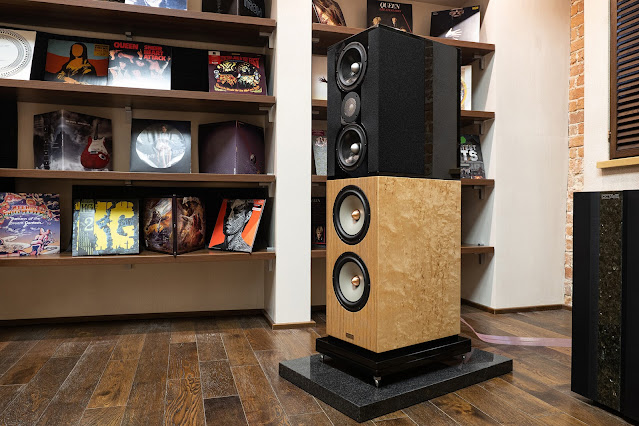

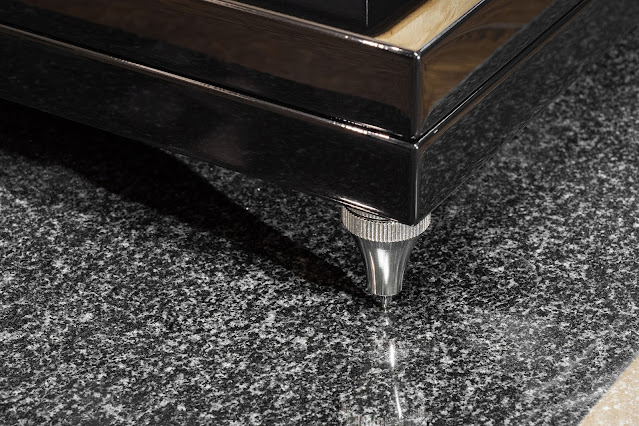
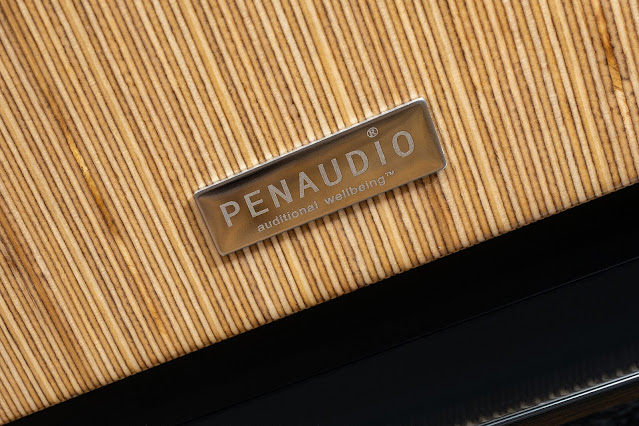
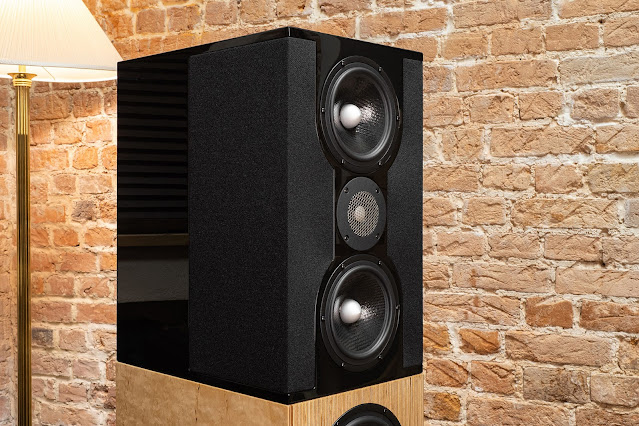
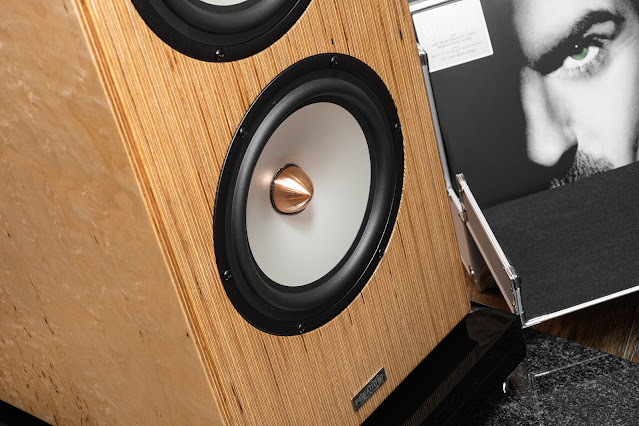

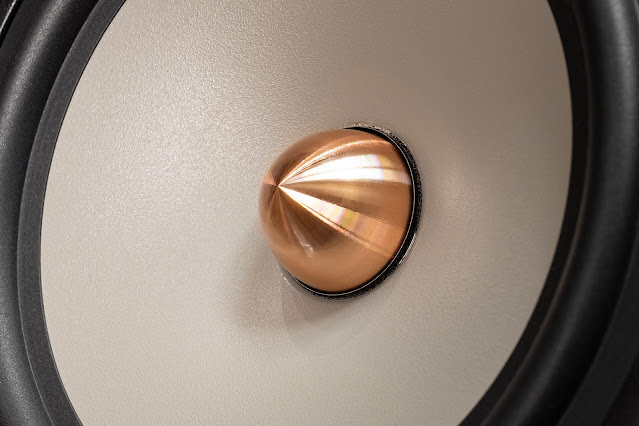











.jpg)



0 Comments